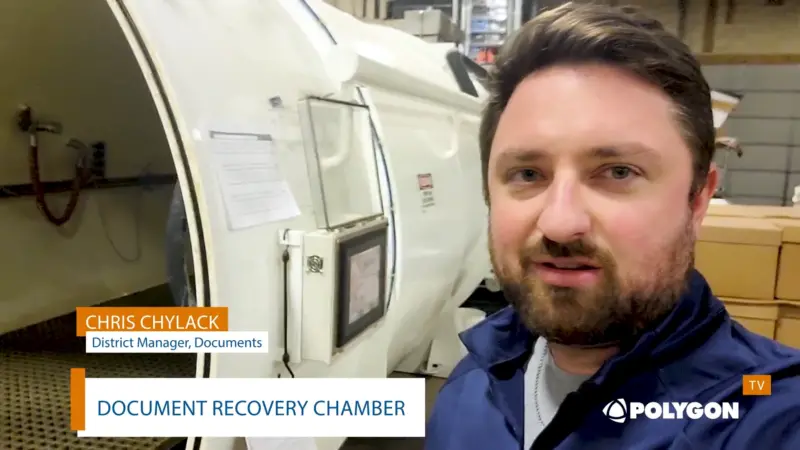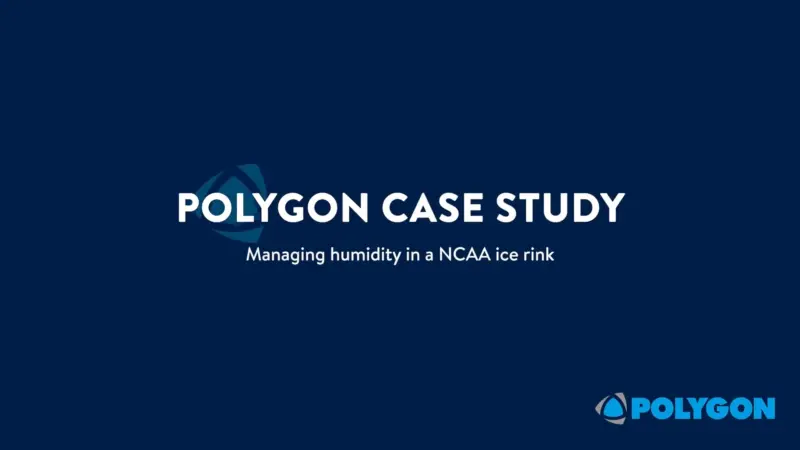POLYGON TAKES THE STING OUT OF DRYING BEE POLLEN
Bee pollen, the pollen ball that is packed by worker honeybees into pellets, is a commonly sought-after natural supplement—one that has multiple health benefits. It is nutrient dense and capable of helping with many ailments such as allergy relief. It can stimulate your immune system , reduce inflammation , and act as an antioxidant . Although bee pollen has been used for many years and offers those who take it a natural approach with many advantages, side effects do exist, most of which can be avoided by following careful dosing instructions.
Bee Pollen Market Making a Buzz
The bee pollen market is on the rise with its total value in the U.S. reaching $520 million in 2018. These figures are expected to climb to $800 million by 2025, according to MarketWatch.[1] But bee pollen doesn’t simply go from hive to supplement—there are many steps involved, with drying being one of the most critical.
Nutritional Value of Bee Pollen Taking Flight
For supplement use, bee pollen must be dried to exacting measurements. When dried correctly, the pollen’s nutritional value is enhanced.
In a research study[2], the impact of drying temperatures was evaluated. Two drying temperatures were used in the analysis–35°C and 45°C. The pollen was then assessed based on physical, chemical, and nutritional characteristics. The results found that at 45°C, the drying time was shorter and that carotene levels were higher; however, there was a decrease in vitamin C content while protein and fiber were not affected. The reduction in vitamin C was attributed to the temperature increase, while the escalation in carotene was most likely due to the flora composition in the geographical location (Colombia).
Bee pollen can be sold as both fresh and dried products; however, raw bee pollen must be refrigerated between 5°-10°C. Conversely, bee pollen drying allows the product to be preserved at room temperature, facilitating easier marketing and higher sales for beekeepers. And while Colombian bee pollen drying processes are typically done by sun-, solar-, and oven-drying methods, hot-air drying is also considered suitable, decreasing drying time while improving the hygienic quality of the dried product.
Bee Pollen Capsulation Process
For bee pollen to be readily available as a supplement, it has to be manufactured into soft gelatin capsules. The process works in this manner:
Warm liquid gelatin is spread over a revolving stainless-steel drum
- Cool, dry air congeals the gelatin as the drum turns
- Tacky bands roll off as the drum rotates
- Bands are formed into capsules
During the process, the blowing air must be kept at a consistent temperature—if it’s too low, the gelatin will set too quickly and become stiff. Further, if the air velocity is too high, it will impact the gelatin thickness; if it’s too low, then it won’t’ solidify. Thus, the air’s temperature and velocity have to be carefully maintained. The relative humidity of an environment also influences the drying process. Typical condition recommendations for bee pollen drying range between 68°F, 20% RH and 78°F, 15% RH.
Achieving Consistent, Ideal Air Flow and Temperature
To meet the stringent needs of drying bee pollen, desiccant type dehumidifiers and refrigeration offer a simple and cost-effective solution for controlling both temperature and humidity at required levels. As a partner to the pharmaceutical industry, Polygon has been responsible for creating controlled humidity conditions for a vast variety of processes. Polygon’s experts create optimal environments so that supplements, such as bee pollen, meet both quality and manufacturing standards while providing the most nutritional value to end users.
Learn more about Polygon’s dehumidification systems and desiccant type humidifiers.



